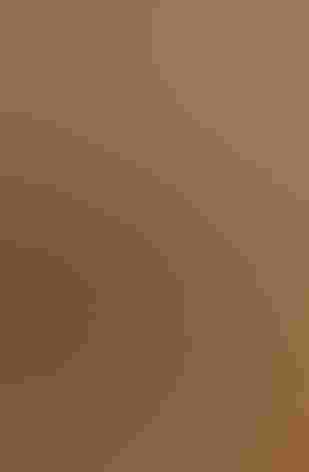Red-bellied Woodpecker
At a Glance
Primarily a bird of the southeast, where its rolling calls are familiar sounds in swamps and riverside woods. Omnivorous and adaptable, this woodpecker has also adjusted to life in suburbs and city parks, and in recent years it has been expanding its range to the north. Despite the name, the red on the belly is not often visible in the field.
All bird guide text and rangemaps adapted from Lives of North American Birds by Kenn Kaufman© 1996, used by permission of Houghton Mifflin Harcourt Publishing Company. All rights reserved.
Category
Picidae, Woodpeckers, Tree-clinging Birds
IUCN Status
Least Concern
Habitat
Forests and Woodlands, Freshwater Wetlands, Shrublands, Savannas, and Thickets, Urban and Suburban Habitats
Region
Eastern Canada, Florida, Great Lakes, Mid Atlantic, New England, Plains, Rocky Mountains, Southeast, Texas, Western Canada
Behavior
Flap/Glide, Undulating
Population
16.000.000
Range & Identification
Migration & Range Maps
Not truly migratory, wintering throughout its range. Some wander north in fall and remain through winter. Performs local movements, concentrating in areas of good food supply outside the breeding season.
Description
10" (25 cm). Narrow black and white bars on back, buffy brown chest and face, bright red stripe over top and back of head (female has less red). Despite name, red on belly is usually hard to see. In flight, shows white patches on wings and rump.
Size
About the size of a Robin
Color
Black, Red, Tan, White
Wing Shape
Broad, Rounded, Short
Tail Shape
Multi-pointed, Wedge-shaped
Songs and Calls
Chuck-chuck-chuck, descending in pitch. Also a loud, often repeated churrrr.
Call Pattern
Falling, Flat
Call Type
Chirp/Chip, Drum, Rattle
Habitat
Woodlands, groves, orchards, towns. Most common in deciduous forest, especially along rivers and in swamps. Also in mixed coniferous and deciduous forest, less often in pure stands of pine. May be found in rather open areas, such as forest edges and clearings, groves of trees in farm country, shade trees in suburbs.
Sign up for Audubon's newsletter to learn more about birds like the Red-bellied Woodpecker
Behavior
Eggs
4-5, sometimes 3-8. White. Incubation is by both sexes (with male incubating at night and part of day), 12-14 days.
Young
Are fed by both parents, and leave the nest about 22-27 days after hatching. Parents may continue to feed young for 6 weeks or more after they leave nest. 1 brood per year in north, 2-3 in south.
Feeding Behavior
Forages by searching for insects on tree trunks and major limbs. Climbs and perches among branches to pick berries and nuts, and sometimes catches flying insects in the air. Nuts and seeds taken in fall may be stored in bark crevices, eaten during winter.
Diet
Omnivorous. Like most woodpeckers, eats many insects. Diet may be more than 50% plant material at some seasons, including acorns and other nuts, wild and cultivated fruits, seeds. Occasional items in diet include tree frogs, eggs of small birds, oozing sap, and even small fish.
Nesting
Uses many antagonistic displays in defending territory, including spreading wings, slow floating flight, and raising head feathers. Nest site is in cavity excavated in dead wood (tree, pole, fence post, or stump), usually less than 50' above ground but can be as high as 120'. Male may begin excavating several holes, with female selecting which one is completed and used. Also may use natural cavity, abandoned hole of other woodpecker, or nest box.
Conservation
Conservation Status
Apparently the species was declining in some northern areas during the first half of the 20th century, but in recent decades the trend has reversed and it has extended its range to the north. Overall population seems stable or may be increasing slightly.
Climate Threats Facing the Red-bellied Woodpecker
Choose a temperature scenario below to see which threats will affect this species as warming increases. The same climate change-driven threats that put birds at risk will affect other wildlife and people, too.
















